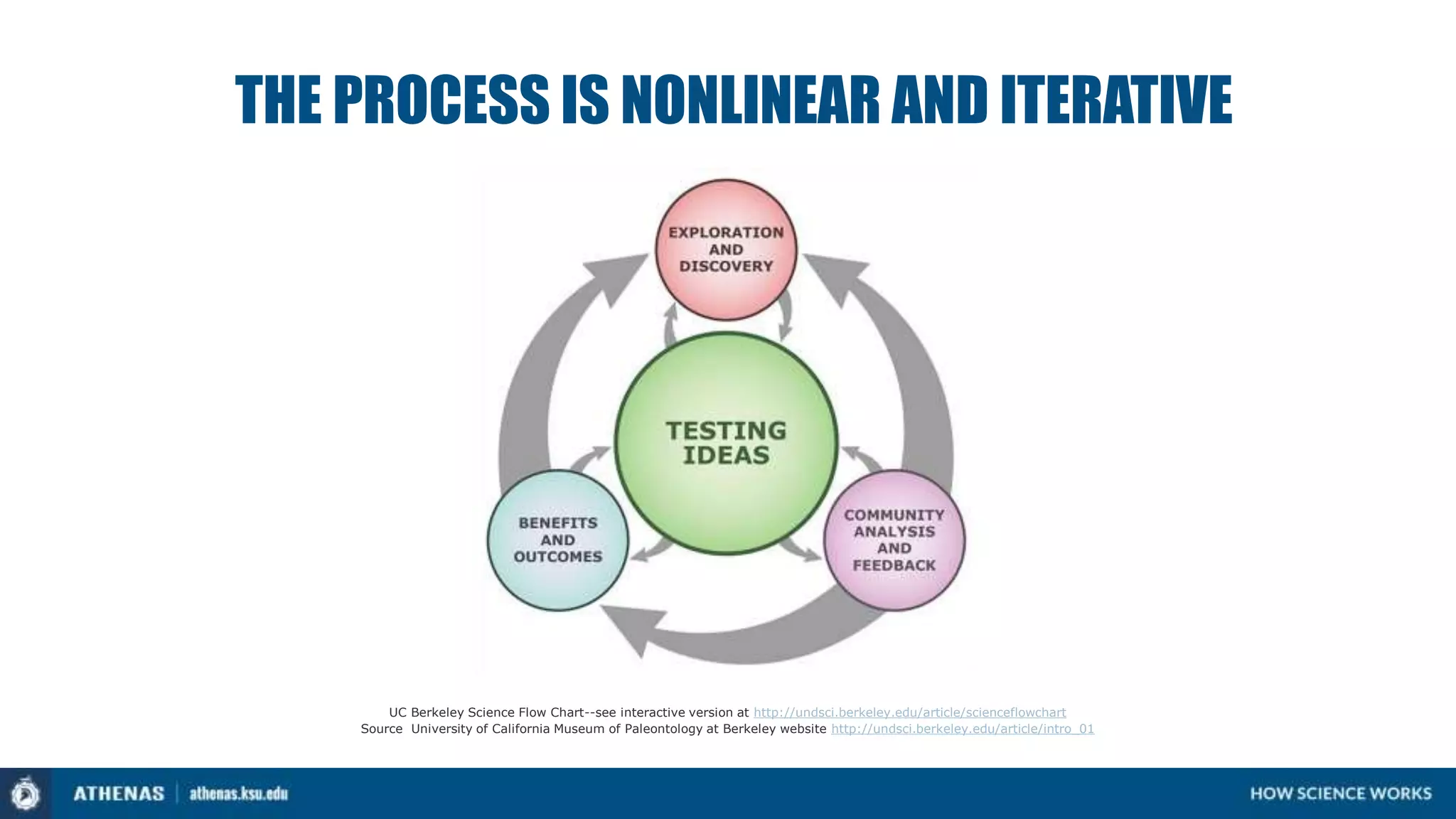eLife assessment
Here, the authors developed a cell-based screening assay for the identification of small molecule inhibitors of nonsense-mediated decay (NMD), and used it to validate KVS0001, a new small molecule SMG1 kinase inhibitor derived from the existing inhibitor SMG1i-11, showing it inhibits NMD in cultured cells leading to expression of neoantigens from NMD-targeted genes and slows tumor growth of cancer cell lines possessing a significant number of out-of-frame indel mutations. The conclusions are supported by convincing evidence, and the significance of this work consists in the development of a new and very promising NMD inhibitor drug that acts as an inhibitor of the SMG1 NMD kinase and is effective in animal tumor studies. This is an important advance for the field, as previous NMD inhibitors were not specific, lacked efficacy, or were very toxic and hence not suitable for animal applications.
